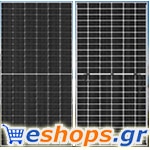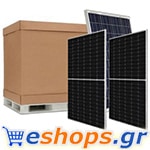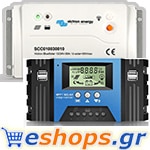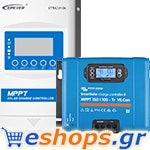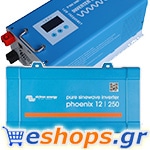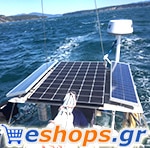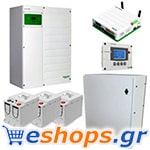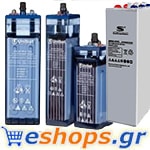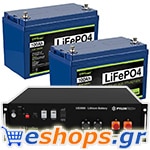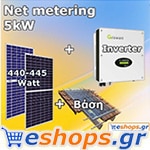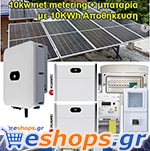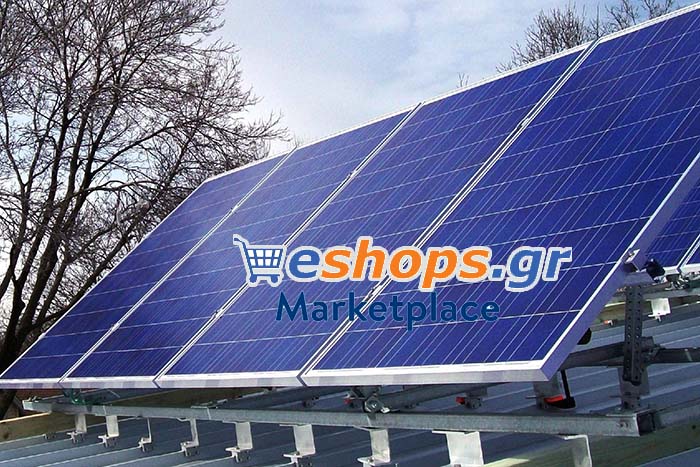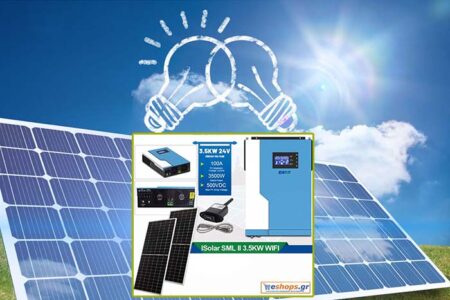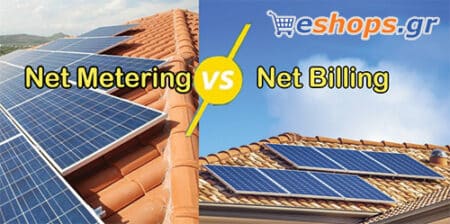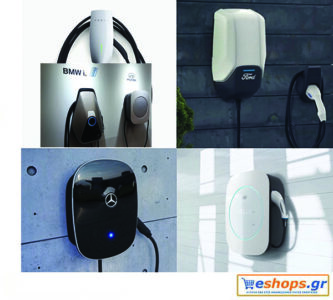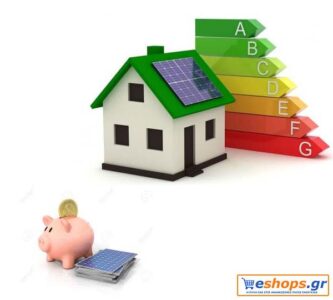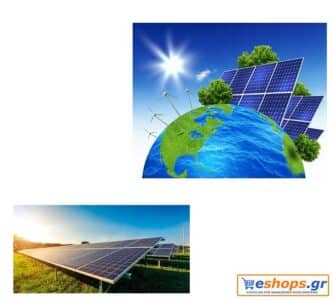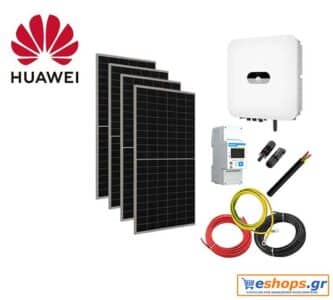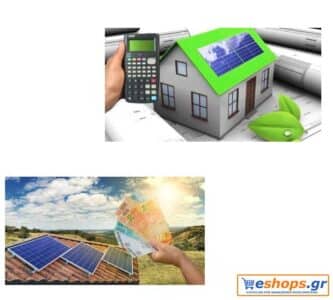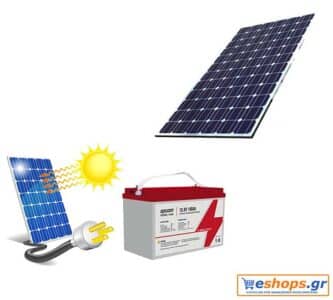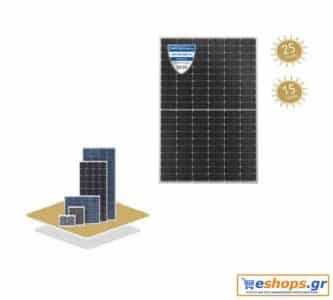Photovoltaics-Information
Autonomous photovoltaic system

photovoltaic batteries, inverter, charge regulator, net metering
photovoltaics-Information: What is a stand-alone photovoltaic system?
A Photovoltaics is a solar panel connected to a rechargeable battery that stores energy. A stand-alone photovoltaic system is generally used off-grid and has the necessary components to produce energy without dependence on other external sources. Learn more in this article!
What is a stand-alone photovoltaic system?
An autonomous photovoltaic system is a system that generates electricity from the sun's rays without being connected to the grid. These systems are typically used in remote locations where network connectivity is impractical. The Autonomous photovoltaic systems can be used to power homes, businesses or even entire communities.
Stand-alone photovoltaic systems usually consist of solar panels, batteries and an inverter. Solar panels convert sunlight into electricity, which is then stored in batteries. The inverter converts the direct current electricity from the batteries into alternating current, which can be used to power appliances and lights.
Standalone PV systems can be used in a variety of applications, including off-grid homes, remote businesses, and emergency power backup. These systems offer a clean and renewable source of energy that is becoming increasingly popular as more and more people look for ways to reduce their dependence on fossil fuels.
Types of autonomous PV Systems
A stand-alone PV system, also known as a stand-alone PV system or remote PV system, is a solar energy system that is not connected to the electrical grid. A stand-alone PV system can power a home, office or other building in locations where it is not practical or economical to connect to the grid.
There are two main types of stand-alone PV systems: off-grid systems and grid-connected systems with battery backup.
Off-grid systems are not connected to the electricity grid and therefore must generate all the electricity they need. These systems are usually used in remote locations where it is impractical or too expensive to connect to the network. Off-grid systems typically include batteries to store excess electricity for periods when the sun isn't shining.
Grid-tied systems with battery backup connect to the power grid, but also have batteries to store excess electricity for periods when the grid goes down or power demand exceeds supply. These systems are used in locations where it is important to have a reliable source of backup power.
photovoltaics-Information: Installation of an autonomous photovoltaic system
A stand-alone photovoltaic system is an off-grid photovoltaic (PV) system that is not connected to the electricity grid. A stand-alone photovoltaic system consists of photovoltaic modules, one or more batteries, a charge controller and an inverter. Stand-alone PV systems are used in applications where it is not practical or economical to connect to the grid, such as in remote locations where the grid is not available or in emergency situations when the grid is down.
There are two main types of stand-alone PV systems: those with backup power and those without backup power. Backup power systems have a generator or other backup power source that can be used when the sun isn't shining or when the battery is dead. These systems are typically used in critical applications where it is important to maintain power at all times. Non-backup systems rely solely on the sun for power and have no backup power source. These systems are typically used in less critical applications where power outages are tolerable.
The first step in installing a stand-alone photovoltaic system is to determine the loads to be supplied by the system. Loads must be sized to be powered by the PV array and batteries. After the loads are determined, the next step is to select the appropriate components for the system. The size of the PV generator and batteries will be based on the loads and the amount of sunlight available at the site. The charge controller and converter must also be
photovoltaics-Information: conclusion
A standalone PV system is a great way to reduce your carbon footprint and become more energy independent. With the right planning, you can have a system that will provide all the power you need for years to come. If you're looking for a way to save money and help the environment, a stand-alone PV system is a great option for you.

